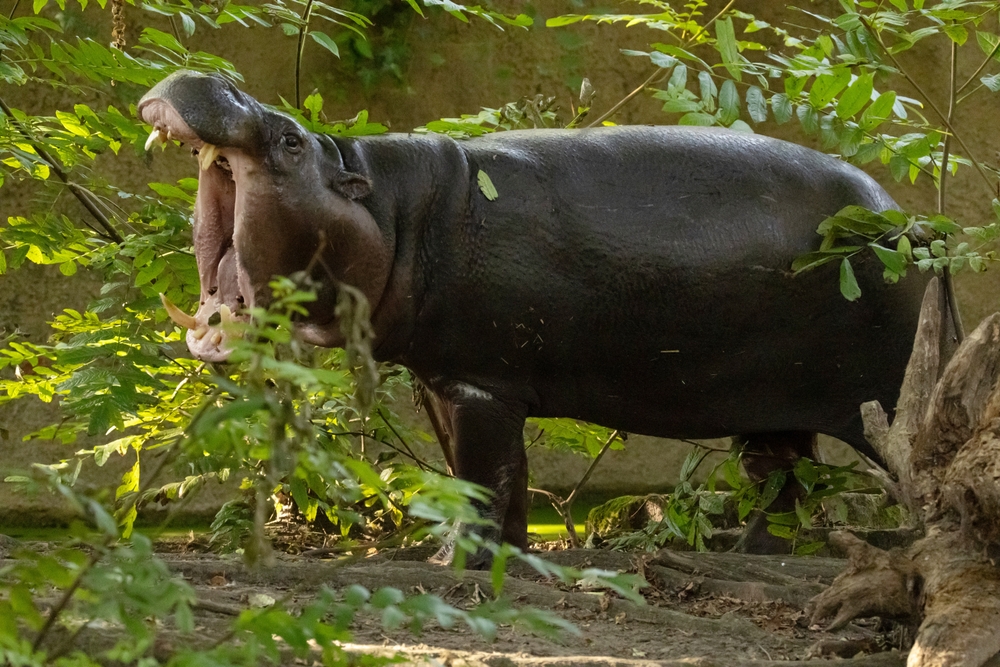Kpo Mountains Overview
Kpo Mountains National Park, locally known as “Wuteke Kpo” among the indigenous tribes, is a pristine natural reserve located in southeastern Liberia near the border with Côte d’Ivoire. This park is part of Liberia’s expanding network of protected areas, established to safeguard the nation’s incredible biodiversity and promote eco-tourism. Named after the rugged Kpo mountain range that runs through its heart, the park is a haven for unique flora and fauna and a vital ecological resource for the region. For the local communities, the park holds deep cultural significance, with many traditional practices tied to its sacred landscapes.
The terrain of Kpo Mountains National Park is a dramatic combination of towering mountain peaks, deep valleys, and rolling forested hills. Interspersed with rivers and waterfalls, the park’s landscape offers breathtaking views and diverse habitats. Its vegetation ranges from dense tropical rainforests on the lower slopes to montane forests at higher elevations. The forest canopy is composed of towering hardwood trees, including mahogany and ebony, while the understory features a rich array of shrubs, ferns, and flowering plants that thrive in the humid environment.
Kpo Mountains National Park boasts a remarkable variety of wildlife, making it a critical conservation area in West Africa. The park is home to endangered species such as forest elephants, Western chimpanzees, and leopards. Primates like colobus monkeys and Diana monkeys are commonly sighted in the dense forest canopy. Bird enthusiasts will find the park a treasure trove, with rare species such as the white-necked picathartes and raptors like the crowned eagle. Amphibians and reptiles, including colorful tree frogs and monitor lizards, further add to the park’s rich biodiversity.
Visitors can engage with Kpo Mountains National Park in various ways, from guided hikes through the mountainous terrain to birdwatching tours and cultural exchanges with the local communities. The challenging trails offer an immersive experience for adventure seekers, while the tranquil settings of the rivers and waterfalls provide perfect spots for picnics and relaxation. Community-based tourism initiatives also enable visitors to learn about the traditional customs and sustainable practices of the indigenous people.
The park faces challenges such as illegal logging, mining, and poaching, which threaten its fragile ecosystems. In response, conservation organizations, in partnership with local and international stakeholders, have launched programs to address these issues. Initiatives include reforestation projects, anti-poaching patrols, and education campaigns to raise awareness about the importance of preserving this natural heritage. Sustainable tourism has also been introduced as a means to generate income for the local communities, reducing reliance on activities that harm the environment.
Kpo Mountains National Park is a shining example of Liberia’s commitment to protecting its natural resources while promoting sustainable development. Its stunning landscapes, rich biodiversity, and cultural significance make it a must-visit destination for eco-tourists and nature lovers. By safeguarding this unique ecosystem, Liberia not only preserves its natural heritage but also contributes to global efforts in biodiversity conservation and climate resilience.













































































